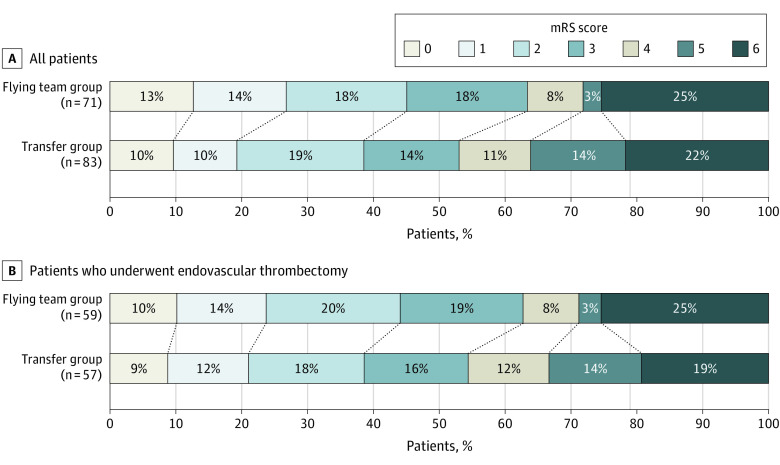Figure 3. Functional Outcome at 3 Months in a Study of the Effect of a Flying Intervention Team vs Patient Interhospital Transfer on Time to Endovascular Thrombectomy.
Scores on the modified Rankin Scale (mRS) range from 0 (no symptoms) to 6 (death). Severe disability (score of 5) and death (score of 6) were combined in a single category in the ordinal logistic regression model. Of all patients included, follow-up data were missing in 3 patients (2 in the transfer group and 1 in flying team group). In patients who underwent EVT, follow-up data was missing in 1 patient in the flying team group. In patients who received EVT, the adjusted common odds ratio of the flying team group was 1.91 (95% CI, 0.96-3.88; P = .07) for an improved mRS score, 1.64 (95% CI, 0.72-3.72; P = .24) for good clinical outcome, and 1.14 (95% CI, 0.44-2.94; P = .79) for death within 3 months. In the whole study population, including patients who eventually did not receive EVT, the flying team group was significantly associated with an improved mRS score after 3 months (adjusted common odds ratio, 1.91 [95% CI, 1.05-3.50]; P = .04). Multivariable logistic regression models were adjusted for age, sex, and National Institute of Health Stroke Scale score. No missing values were present in the baseline data used in this model.

